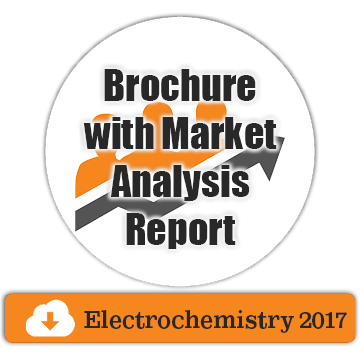
Huriye ICIL
Professor
Title: Photophysical and electrochemical properties of perylene diimide dyes in solutions, solid state and self-assembled microstructures
Biography
Biography: Huriye ICIL
Abstract
Development of novel materials with optimal structural, thermal, photochemical and electrochemical properties plays an important role in the researches for a sustainable energy future. Perylene dyes are particularly important compounds due to their remarkable absorption and emission in the spectral region from visible to near infrared (NIR), photochemical and electrochemical properties, and thermal, chemical and photochemical stabilities. They are indeed very promising electron acceptors for efficient organic photovoltaics (OPV). Undoubtedly, photovoltaic applicability of perylene dyes mainly based electrochemical properties. In general, perylene dyes show two different reversible and electrochemically stable reduction peaks in solution state. The first reduction involves the conversion of the neutral compound to the relevant radical anion and the second one accounts for the further reduction to dianion. The separation between the potentials at which the two charge transfers take place allows one to discard the occurrence of any redox reaction between the dianion and the neutral compound. Interestingly the electrochemical characteristics of perylene dyes are completely different in solutions and solid state. They show only one broad and reversible reduction peak in solid state. Further, the analysis of the voltammetric signals suggested that two anodic and cathodic peak systems were actually overlapped. Planarity of the structure, introducing electron donor and acceptor substituents at the imide or bay positions or different intermolecular interactions caused different electrochemical properties. In this study, a detailed comparative study on the electrochemical properties of N-substituted or bay substituted perylene diimides, donor-acceptor-donor structured perylene diimides, self-assembled microstructure perylene diimides and perylene polymers, has been carried out. For comparison, the HOMO-LUMO energy differences for the selected perylene dyes were determined using both electrochemical and optical methods. Notably, the HOMO energy values obtained through the electrochemical and optical band gaps are quite different.

